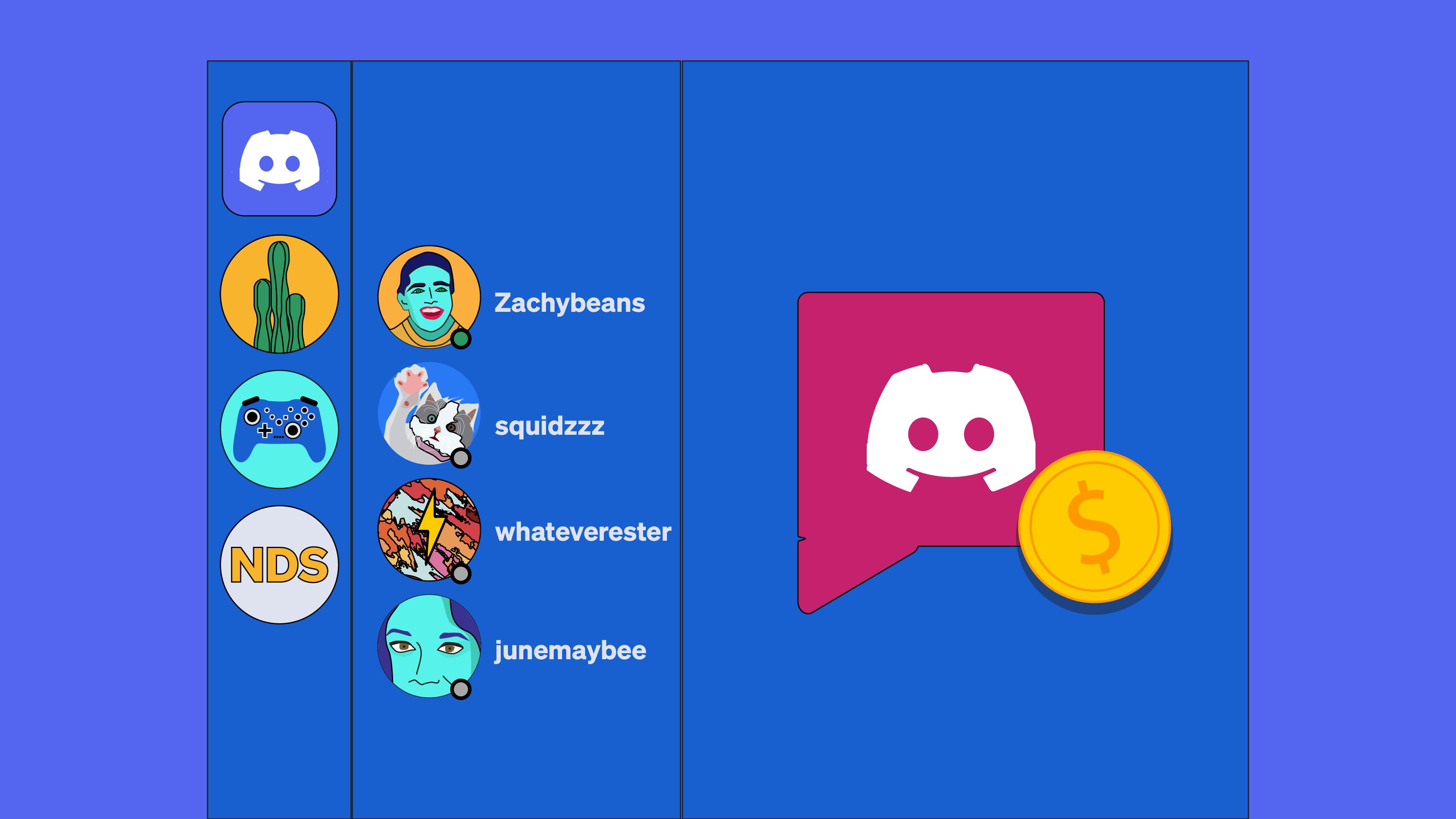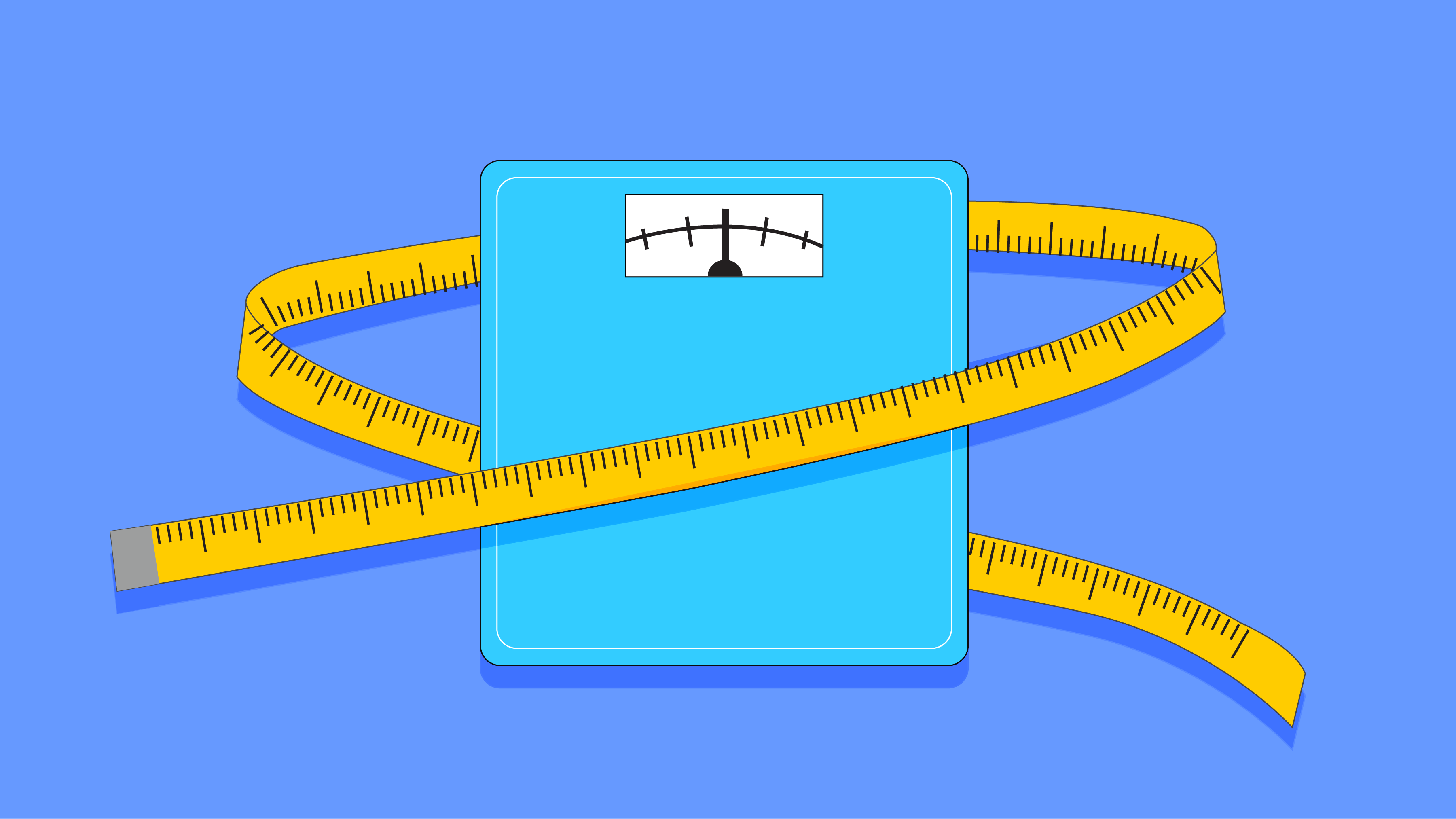We all know saving money is important, but it can be extremely hard to do. It’s easy to get discouraged and blame yourself, but saving isn’t the problem. It’s trying to save on your own that’s challenging.
Community savings groups help you save money together with members of your community. This article explores why it’s hard to set money aside and how community savings groups are making that easier. You’ll also learn how to set one up and how you can use Braid to get started.
Below is a list of topics that we’ll cover in this guide:
- What is a community savings group?
- How community savings groups work
- How community savings groups help you save money
- How to set up your community savings group
- 9 reasons Braid Money Pools are great for community savings groups
Saving money makes you feel good
Research from the Center for Social Development shows that being able to save even small amounts of money is associated with lower anxiety, and another study suggests that having savings reduces the need for predatory debt, and it helps to avoid both expensive fees and financial hardships. This is true even if you have a small nest egg to fall back on. We’ve all seen so many studies like this, and yet saving consistently remains a seemingly impossible task.
Even though saving positively impacts the way we feel, reports indicate that individuals struggle to save consistently.
Why is it hard to save money?
There are significant reasons why people fall behind with this simple financial practice.
Here are some of them:
- When income feels insufficient, any amount saved feels small and insignificant
- It’s difficult to maintain the minimum balance required by many savings accounts
- It’s hard to plan for the distant future when you’re living paycheck-to-paycheck
- Saving doesn’t feel like a pressing need
These factors shed light on the difficulty of saving. But they don't have to disqualify anyone from saving regularly. Instead, these factors suggest that traditional saving methods, i.e., using large financial institutions, aren’t always the best solutions for people.
Community savings groups, however, offer a viable alternative.
Ready to start a community savings group? Click here to create a Braid Pool for your community savings group.
What is a community savings group?
Community savings groups are peer-to-peer financial structures that boast global success and popularity. They are popular in rural communities where access to banks and/or lines of credit are limited.
These groups enable people to save money, cultivate economic and financial security, and borrow small loans with zero (or low) interest. They’re a powerful example of people helping people, and many individuals use them irrespective of socioeconomic background.
How community savings groups work
Community savings groups meet the following criteria:
- Each person contributes a fixed amount to a shared group account, like a Braid Money Pool. Then, at each collection period, the lump sum is dispersed to one member until everyone is paid out at least once
- Some groups let members save by purchasing shares each collection period. Everyone’s savings are collected and held until the end of the cycle, at which point they are distributed back to the members. Members can request small loans and pay a low-interest rate to the group, too
- Everyone’s contributions are collected regularly (weekly, bi-weekly, monthly, etc.)
- Savings groups operate for a specific length of time (6 months, 12 months, etc.)
Learn more about community savings groups in this blog post.
How community savings groups help you save money
Saving money is hard for many reasons. But thanks to the peer-to-peer nature of community savings groups, they mitigate some of these challenges. Take a look.
1. You can save without a bank account
Community savings groups operate without bank accounts. This gives people the freedom to save without having to maintain a minimum balance or contend with fees.
When you save with Braid Money Pools, you never pay any fees.
2. Positive peer pressure encourages regular saving
Saving groups are formed among people who know and trust each other. This social bond incentivizes people to save regularly.
Saving in a group also helps individuals feel better about their new financial habits.
For example, if you need to forgo eating out in order to save with the group, there’s a good chance other members have to make similar sacrifices.
3. Saving for short periods seems doable
If you save on your own, you probably try to set aside a specific amount, but not for a definite length of time.
Savings groups don’t operate this way. Instead, they have a clear start and end date.
Psychologically, these shorter time frames feel doable, and people are more likely to stick to them this way.
Furthermore, when people save for specific time periods, they are saving for “the future” even if it doesn’t feel that way.
4. Experience the rewards of saving
It’s hard to feel motivated about saving when the amount seems small and insignificant. In a savings group, it’s different.
More often than not, groups are formed by individuals who share similar financial backgrounds. This similarity removes the embarrassment around saving amounts, while also providing members with a sense of pride and satisfaction.
For example, in Rotating Savings and Credit Associations (ROSCAs), each member contributes the same amount each period. And each period, one member receives the entire lump sum until everyone is paid out at least once.
In a Village Savings Loan and Association (VSLAs), people save by purchasing shares each period. Members can also request to take out small loans with low-interest rates.
At the end of the saving cycle, everyone’s savings, including any interest earned, get redistributed to the members.
Community savings groups, like ROSCAs and VSLAs, demonstrate that small savings compounded over time pay off.
Read more about ROSCAs and VSLAs in this article.
How to set up your community savings group
People need to save money for a variety of reasons:
- To make a downpayment
- To prepare for unexpected events
- To start a business
- To keep a small business afloat
- To offset medical bills
- To pay off debt quickly
- To purchase equipment for a business
- To purchase a car
- To take out a loan without going through the banks
Now might be the perfect time for you to start a community savings group to reach a similar goal.
This step-by-step guide shows you how to set one up and how to use Braid Money Pools to keep everyone’s savings safe, visible, and easy to manage.
1. Form your group
Trust is essential for any savings group. Invite people you know you can rely on, like family members, friends, flatmates, and coworkers.
2. Assign leadership roles
Once your group is formed, elect your leaders. These people manage the collection and disbursement of funds while the group is operating.
3. Decide the group’s cycle length and collection schedule
How long will your savings group run? Six months, 12 months, etc.? How often will your group collect funds? Weekly, bi-weekly, or monthly?
4. Decide how your group collects and disperses money
If your savings group operates like a ROSCA, everyone contributes a fixed amount each month. Then, each member gets paid out on a rotating schedule until everyone has been paid out at least once. Decide your rotation order now.
If your group operates like a VSLA, decide on share values and how many shares your members may purchase per period. Decide on interest rates for small loans, too.
5. Start a Braid Money Pool to collect period contributions
Now that your group is ready to go, start a free Braid Money Pool to collect and distribute everyone’s savings easily and transparently.
Keep reading to see why Braid Pools are the number one solution for modern-day savings groups in the next section.
Related: Start a Community Savings Group
9 reasons Braid Money Pools are great for community savings groups
Savings groups succeed when members can collect and manage money together in a trustworthy, transparent way. Here’s why Braid is right for your savings group.
1. You govern your pool
Braid doesn’t run your pool. You do.
If you want to run a 6-month savings group that collects bi-weekly payments, you can. If you want to collect monthly contributions across 12 months, you can do that, too.
As pool admin, there are many ways you can manage your pool:
- Invite or remove people into your savings group
- Set permissions for who can invite people
- Set permissions for who can see transaction visibility
- Set spending permissions
2. Your pool is private and safe
Braid isn’t the first app to support savings groups. Back in 2018, Yahoo Finance launched Tanda, but it shut down shortly thereafter.
Tanda policies made it possible for anyone to join a savings circle. The only way someone can join your Braid Pool is by sending them an invitation link. .
Braid also uses best-in-class security and compliance practices to keep everyone’s money safe and personal data private. All payment and personal information are encrypted end-to-end using SSL 256-bit encryption.
This ensures that members can save with greater peace of mind.
3. Braid doesn’t charge fees or give bonuses
Tanda penalized the first two people who got paid out with 8% and 7% fees. In contrast, it rewarded the most patient member with a 2% bonus.
The adage, “Good things come to those who wait” doesn’t apply to your savings group with Braid.
If you’re the first person to get paid out, you get just as much money as the last person. And no one pays fees at any point during the saving cycle.
4. Braid is 100% free
Tanda charged fees on what should have been a free collection of money between friends and family.
With Braid, there are no transaction fees, monthly fees, service fees, or overdraft fees. Everyone can reach their savings goals without losing money.
5. It's easy to put savings in the pool
The only thing you need to start a pool and contribute money is a debit card. Everyone in your group can add their contributions with a debit card, too.
6. Every transaction is visible
Trust and transparency are at the heart of every community savings group. With Braid, everyone can view transactions, like incoming and outgoing funds, right in the app.
7. Money pools are flexible
If your group operates like a traditional ROSCA, take advantage of Braid’s flexibility and disburse funds whenever your group decides.
There are no minimum balances or deadlines to worry about. And when your savings group is finished, you can close your pool without penalties or fees.
8. It’s easy to collect and disperse savings
As pool admin, use Braid reminders to collect everyone’s contributions on time.
If your savings group operates like a ROSCA with rotating payouts, there are two easy ways to manage them:
- Set permissions and allow members to spend their payout amount when it’s their turn, or
- Create a new pool for each member when it’s their turn, and transfer their payout to this pool. This way, their spending remains private
If you’re running a VSLA group, you may offer loans and need to collect interest. For simpler bookkeeping, you can create a separate pool for interest payments.
9. Your pool is a dedicated place to collect everyone’s savings
In a traditional savings group, one person collects and manages money for the other members. This usually entails mixing group savings with a personal bank account.
This can become messy and tedious quickly. With Braid, you can avoid that.
Your money pool is a dedicated group account where it’s easy to keep track of everyone’s contribution.
Community savings groups are popular and successful all over the world. And now, you can enjoy them, too.
Start a free Braid Money Pool with people you know and trust and start reaping the many benefits of community savings groups. They’re a powerful tool to increase savings, gain access to greater capital, or take out a low-interest loan.



